James E. House9780123567871
Table of contents :
Cover Page……Page 1
Title: Principles of Chemical Kinetics……Page 4
ISBN 0123567874……Page 5
Preface……Page 6
Contents (with page links)……Page 8
1 Fundamental Concepts of Kinetics……Page 12
1.1 RATES OF REACTIONS……Page 13
1.2 DEPENDENCE OF RATES ON CONCENTRATION……Page 15
1.3 CAUTIONS ON TREATING KINETIC DATA……Page 24
1.4 EFFECT OF TEMPERATURE……Page 27
1.5 SOME COMMON REACTION MECHANISMS……Page 31
1.6 CATALYSIS……Page 38
REFERENCES FOR FURTHER READING……Page 41
PROBLEMS……Page 42
2.1 SECOND-ORDER REACTION, FIRST-ORDER IN TWO COMPONENTS……Page 48
2.2 THIRD-ORDER REACTIONS……Page 54
2.3 PARALLEL REACTIONS……Page 56
2.4 SERIES FIRST-ORDER REACTIONS……Page 58
2.5 SERIES REACTIONS WITH TWO INTERMEDIATES……Page 64
2.6 REVERSIBLE REACTIONS……Page 69
2.7 AUTOCATALYSIS……Page 75
2.8 EFFECT OF TEMPERATURE……Page 80
PROBLEMS……Page 86
3.1 CALCULATING RATE CONSTANTS……Page 90
3.2 THE METHOD OF HALF-LIVES……Page 92
3.3 INITIAL RATES……Page 94
3.4 USING LARGE EXCESS OF A REACTANT (FLOODING)……Page 97
3.5 THE LOGARITHMIC METHOD……Page 98
3.6 EFFECTS OF PRESSURE……Page 100
3.7 FLOW TECHNIQUES……Page 105
3.8 RELAXATION TECHNIQUES……Page 106
3.9 TRACER METHODS……Page 109
3.10 KINETIC ISOTOPE EFFECTS……Page 113
REFERENCES FOR FURTHER READING……Page 118
PROBLEMS……Page 119
4.1 COLLISION THEORY……Page 122
4.2 THE POTENTIAL ENERGY SURFACE……Page 127
4.3 TRANSITION STATE THEORY……Page 130
4.4 UNIMOLECULAR DECOMPOSITION OF GASES……Page 135
4.5 FREE RADICAL OR CHAIN MECHANISMS……Page 142
4.6 ADSORPTION OF GASES ON SOLIDS……Page 147
4.7 CATALYSIS……Page 156
REFERENCES FOR FURTHER READING……Page 158
PROBLEMS……Page 159
5.1 THE NATURE OF LIQUIDS……Page 164
5.2 EFFECTS OF SOLVENT POLARITY ON RATES……Page 178
5.3 IDEAL SOLUTIONS……Page 180
5.4 COHESION ENERGIES OF IDEAL SOLUTIONS……Page 183
5.5 EFFECTS OF SOLVENT COHESION ENERGY ON RATES……Page 186
5.6 SOLVATION AND ITS EFFECTS ON RATES……Page 188
5.7 EFFECTS OF IONIC STRENGTH……Page 193
5.8 LINEAR FREE ENERGY RELATIONSHIPS……Page 196
5.9 THE COMPENSATION EFFECT……Page 200
5.10 SOME CORRELATIONS OF RATES WITH SOLUBILITY PARAMETER……Page 202
REFERENCES FOR FURTHER READING……Page 209
PROBLEMS……Page 210
6.1 ENZYME ACTION……Page 216
6.2 KINETICS OF REACTIONS CATALYZED BY ENZYMES……Page 219
6.3 INHIBITION OF ENZYME ACTION……Page 226
6.4 THE EFFECT OF pH……Page 231
6.5 ENZYME ACTIVATION BY METAL IONS……Page 234
6.6 REGULATORY ENZYMES……Page 235
REFERENCES FOR FURTHER READING……Page 237
PROBLEMS……Page 238
7.1 SOME GENERAL CONSIDERATIONS……Page 240
7.2 FACTORS AFFECTING REACTIONS IN SOLIDS……Page 245
7.3 RATE LAWS FOR REACTIONS IN SOLIDS……Page 246
7.4 THE PROUT–TOMPKINS EQUATION……Page 254
7.5 RATE LAWS BASED ON NUCLEATION……Page 257
7.6 APPLYING RATE LAWS……Page 260
7.7 RESULTS OF SOME KINETIC STUDIES……Page 263
REFERENCES FOR FURTHER READING……Page 272
PROBLEMS……Page 273
8 Nonisothermal Methods in Kinetics……Page 278
8.1 TGA AND DSC METHODS……Page 279
8.2 KINETIC ANALYSIS BY THE COATS AND REDFERN METHOD……Page 282
8.3 THE REICH AND STIVALA METHOD……Page 286
8.4 A METHOD BASED ON THREE (a,T) DATA PAIRS……Page 287
8.5 A METHOD BASED ON FOUR (a,T) DATA PAIRS……Page 290
8.7 A COMPREHENSIVE NONISOTHERMAL KINETIC METHOD……Page 291
8.8 THE GENERAL RATE LAW AND A COMPREHENSIVE METHOD……Page 292
REFERENCES FOR FURTHER READING……Page 298
PROBLEMS……Page 299
9.1 RADIOACTIVE DECAY……Page 300
9.2 MECHANISTIC IMPLICATIONS OF ORBITAL SYMMETRY……Page 308
9.3 A FURTHER LOOK AT SOLVENT PROPERTIES AND RATES……Page 314
REFERENCES FOR FURTHER READING……Page 324
PROBLEMS……Page 325
C……Page 328
D……Page 329
F……Page 330
I……Page 331
L……Page 332
P……Page 333
R……Page 334
S……Page 335
T……Page 336
W,Y,Z……Page 337
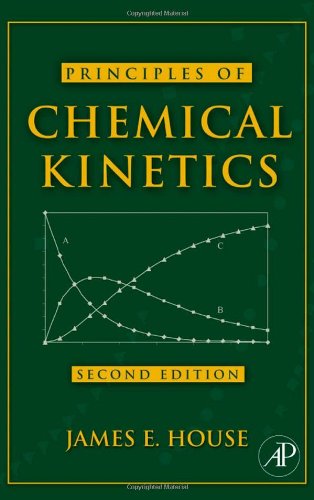
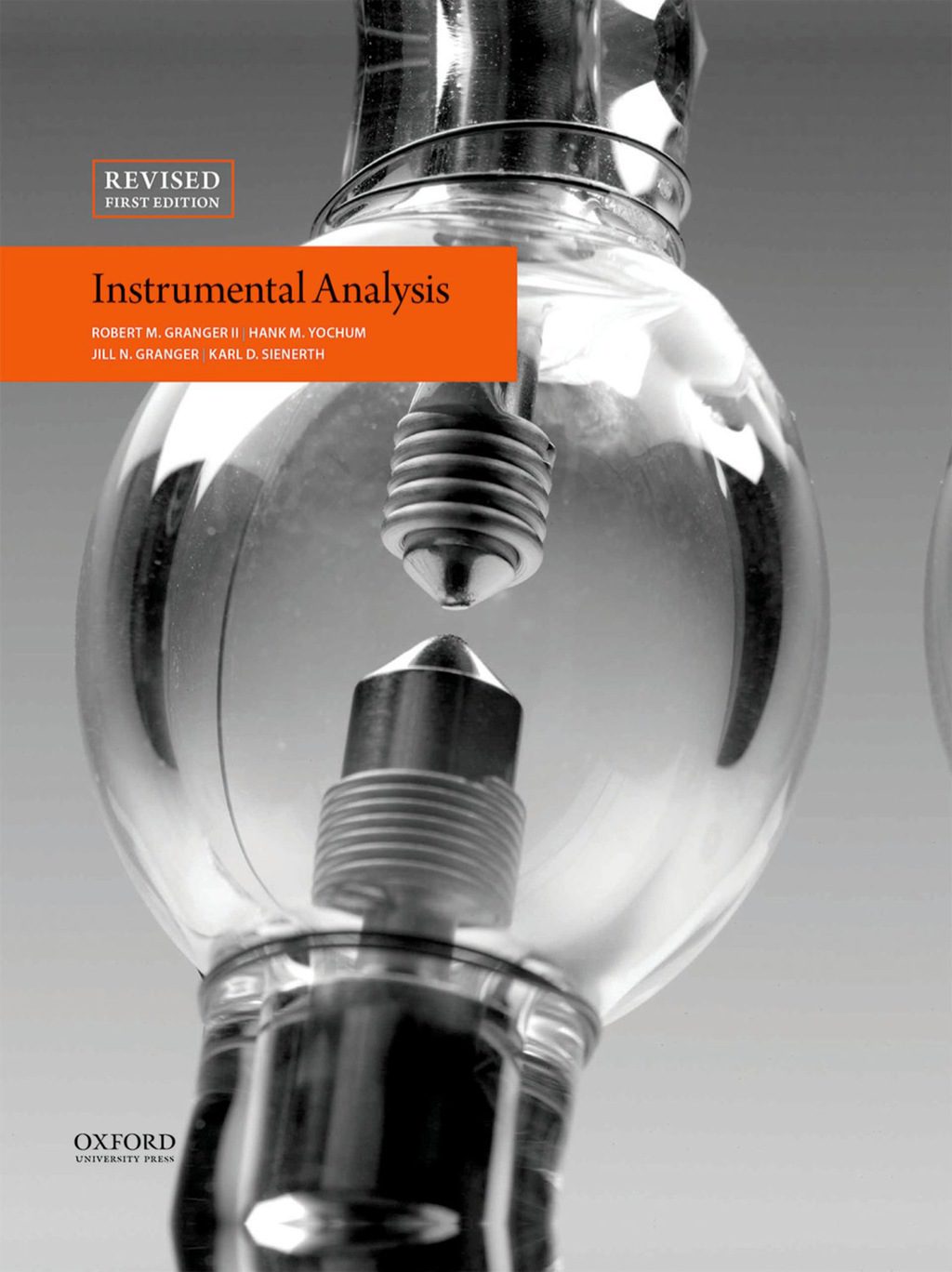
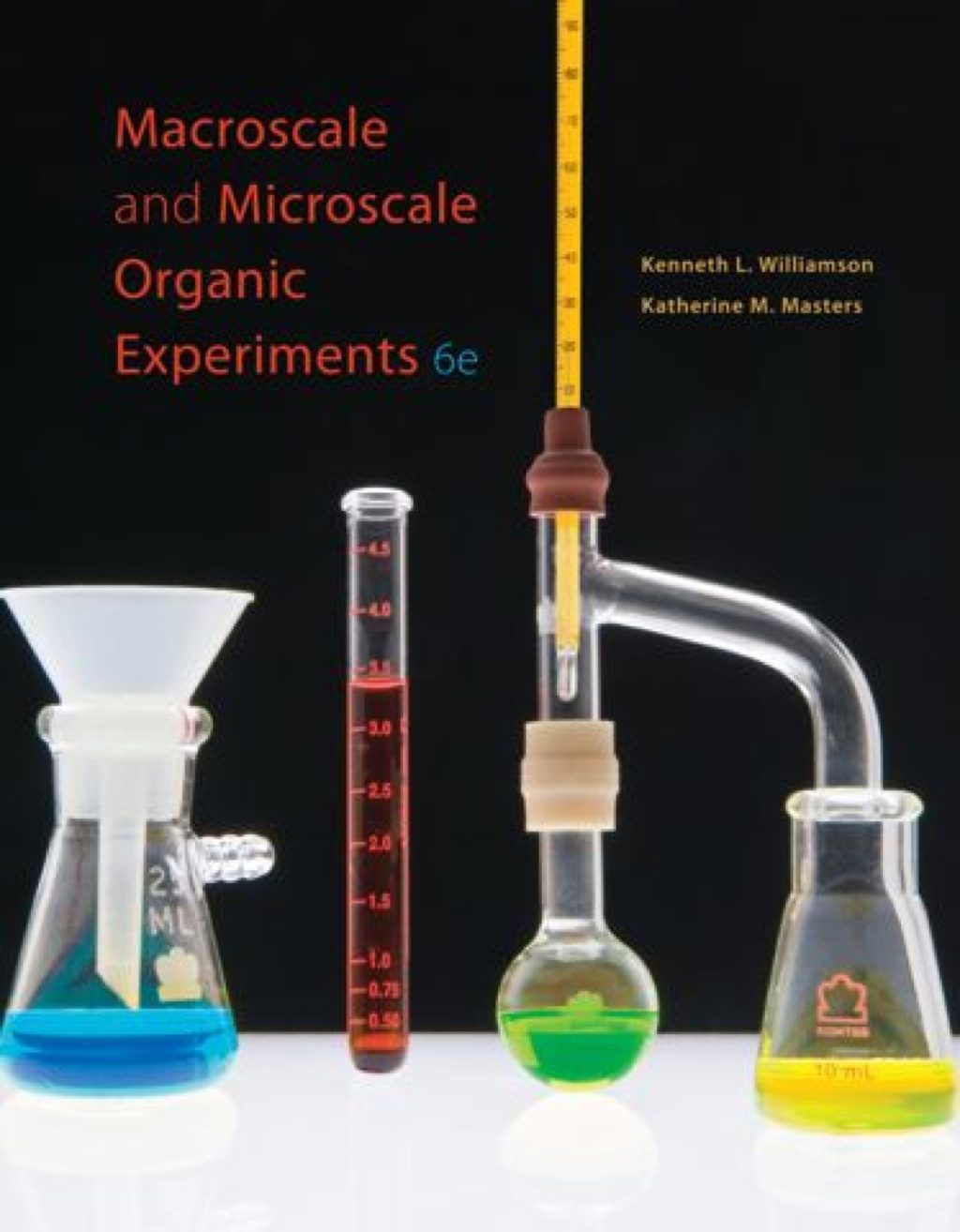
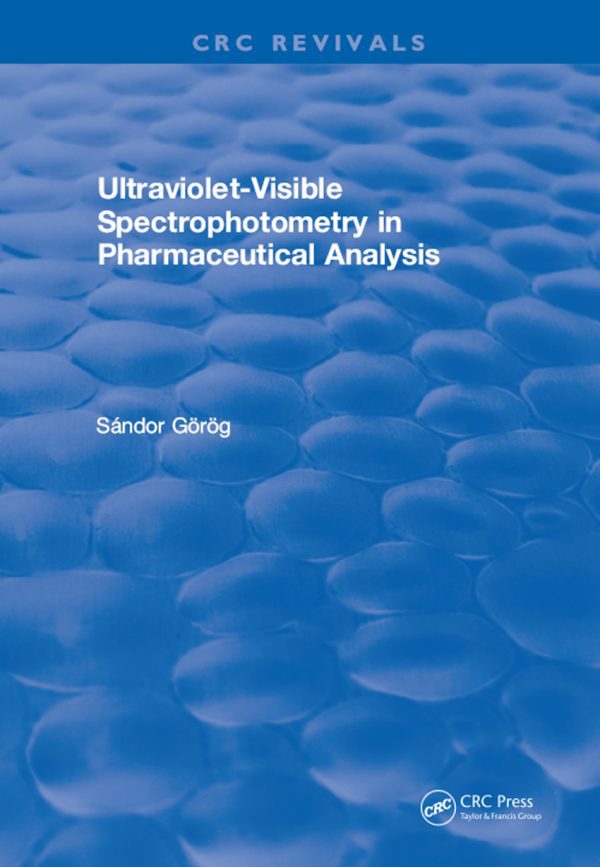
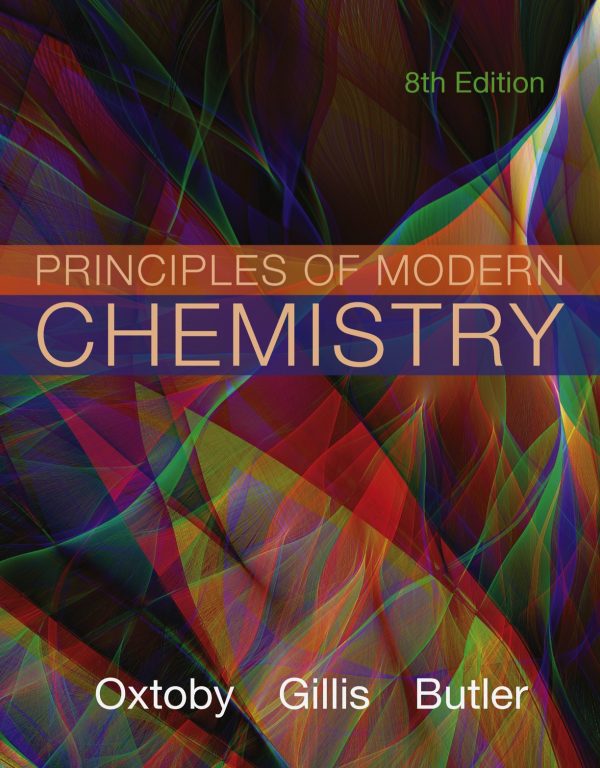


Reviews
There are no reviews yet.